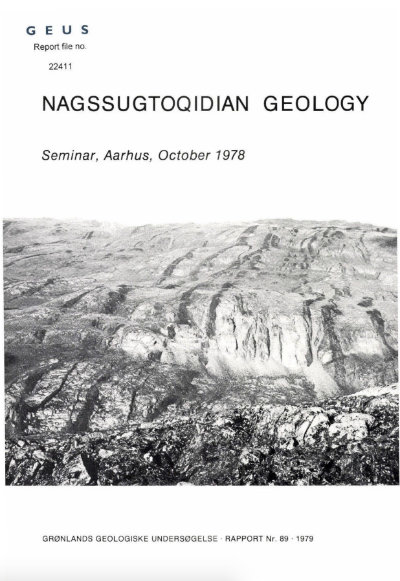Seminar on Nagssugtoqidian geology - an introduction
DOI:
https://doi.org/10.34194/rapggu.v89.7561Abstract
The geological Survey of Greenland (GGU) was established in 1946 and its activities were initially concentrated on a hitherto relatively neglected part of Greenland - the Precambrian terrains of the central and southem west coast. Field work started in 1946 with reconnaissance mapping of the country between latitudes 69°N and 63°45'N on the west coast of Greenland under the direction of A. Noe-Nygaard and H. Ramberg. A reconnaissance map on a scale of 1:500 000 covering all areas accessibie from the coast was published in 1961 (Noe-Nygaard & Ramberg, 1961) with a brief description. Soon after the mapping started it became possibie to divide the northem part of the Precambrian terrain into a southern, older fold belt and a northem, younger belt (the 'Nagssugtoqides') on the basis of the deformation and metamorphism of a pre-Nagssugtoqidian swarm of basic dykes - the Kangâmiut dykes. These early results were published in a now c1assic paper by Ramberg (1948).
Downloads
Published
Issue
Section
License
This article is distributed under a CC-BY 4.0 licence, permitting free redistribution and reproduction for any purpose, even commercial, provided proper citation of the original work. Author(s) retain copyright over the article contents.


